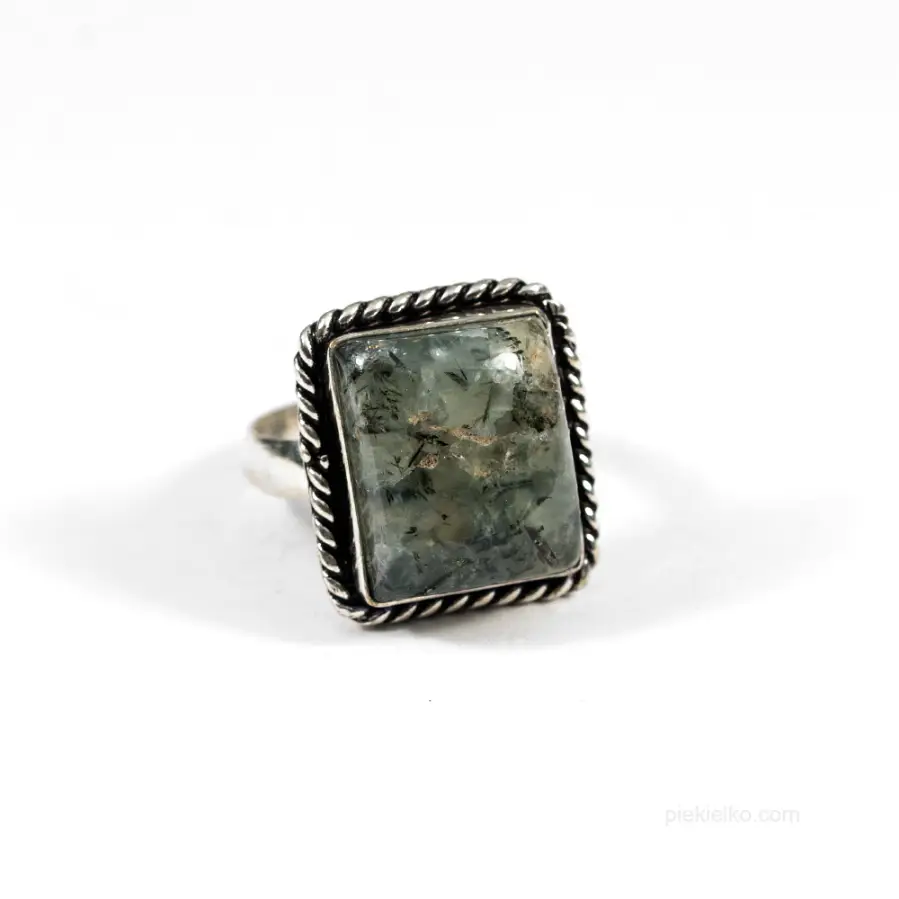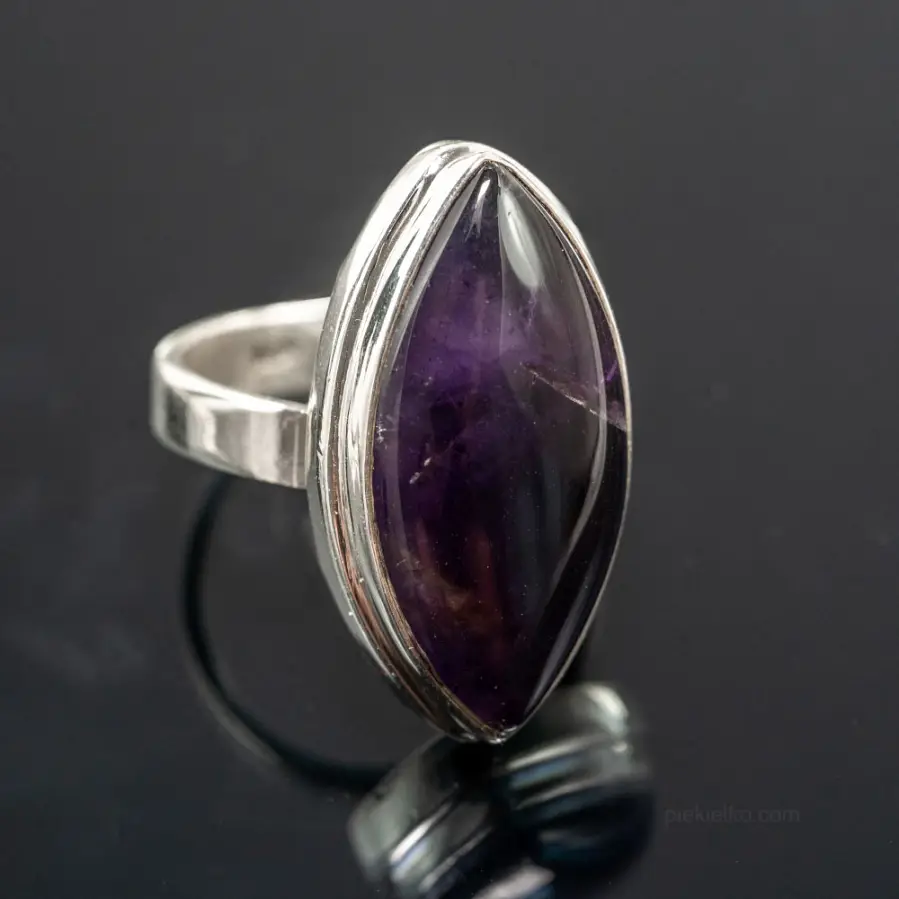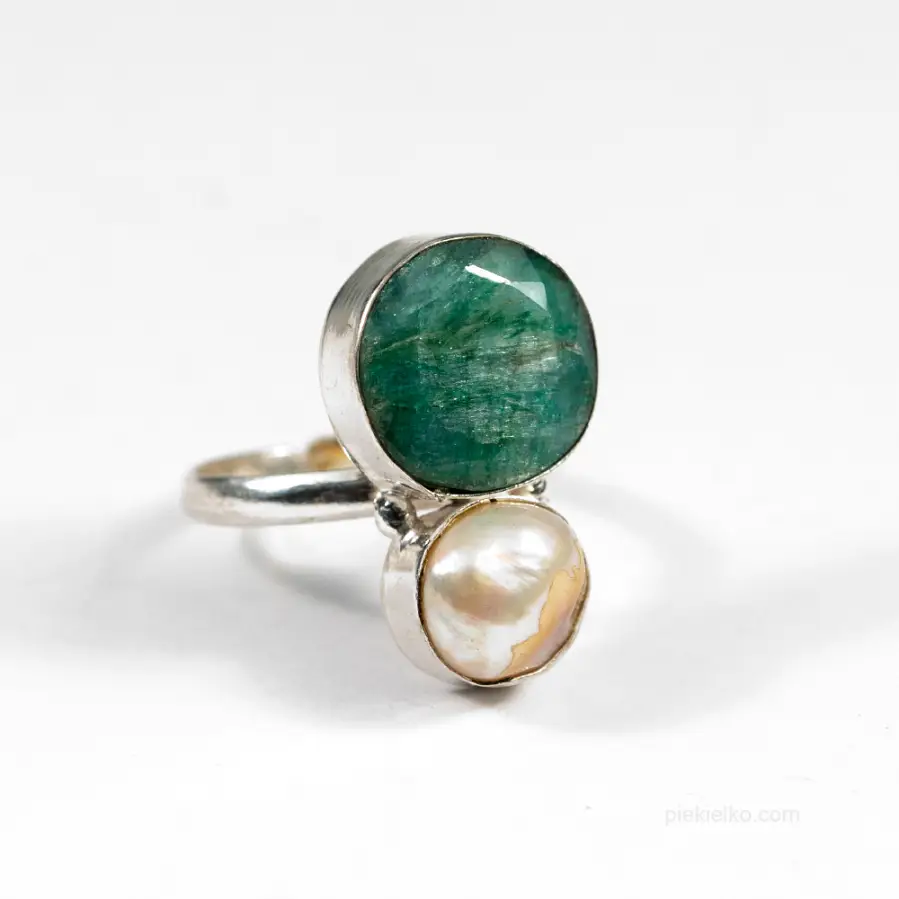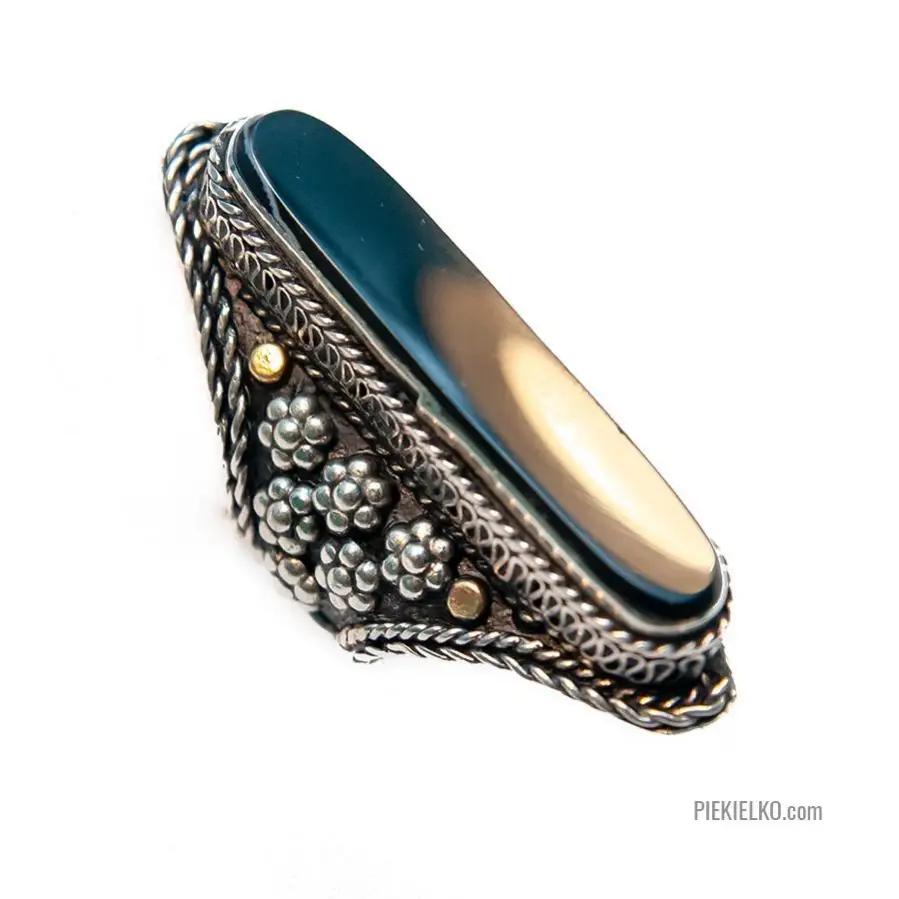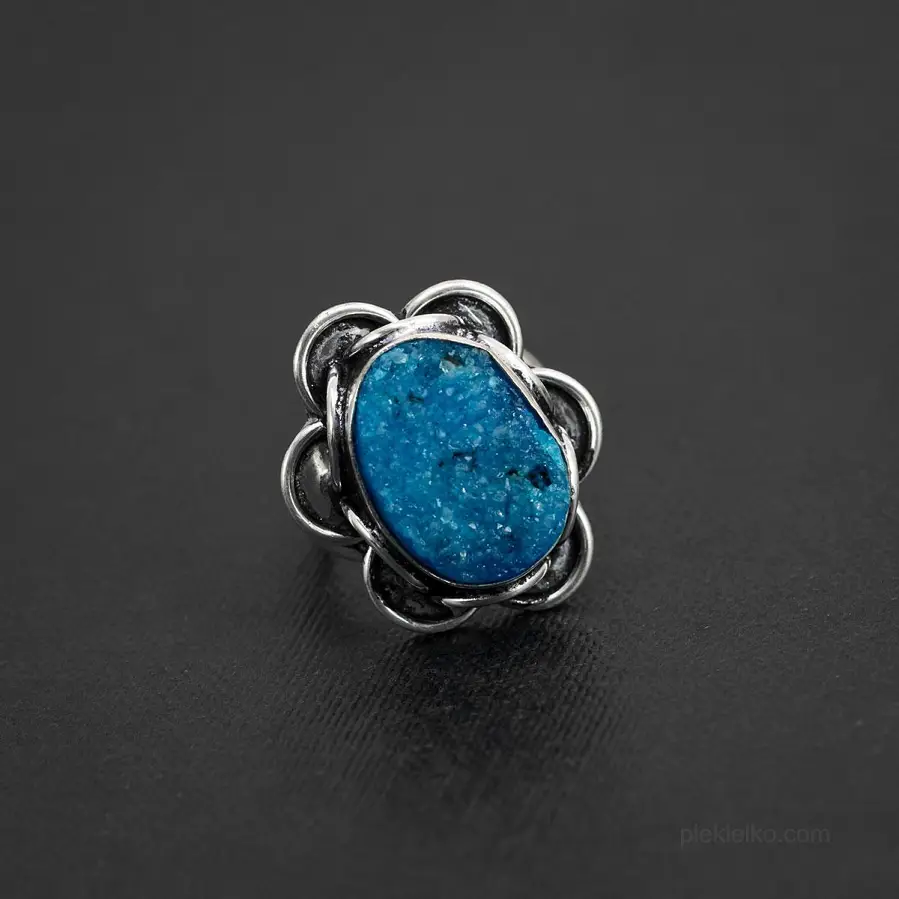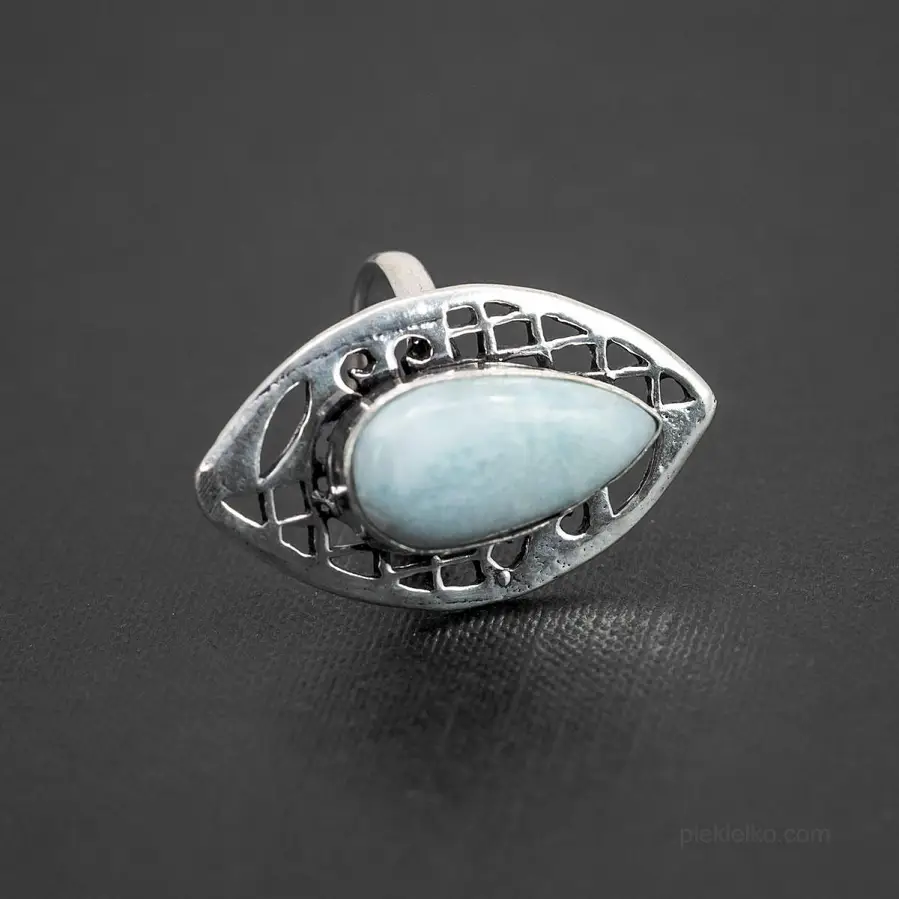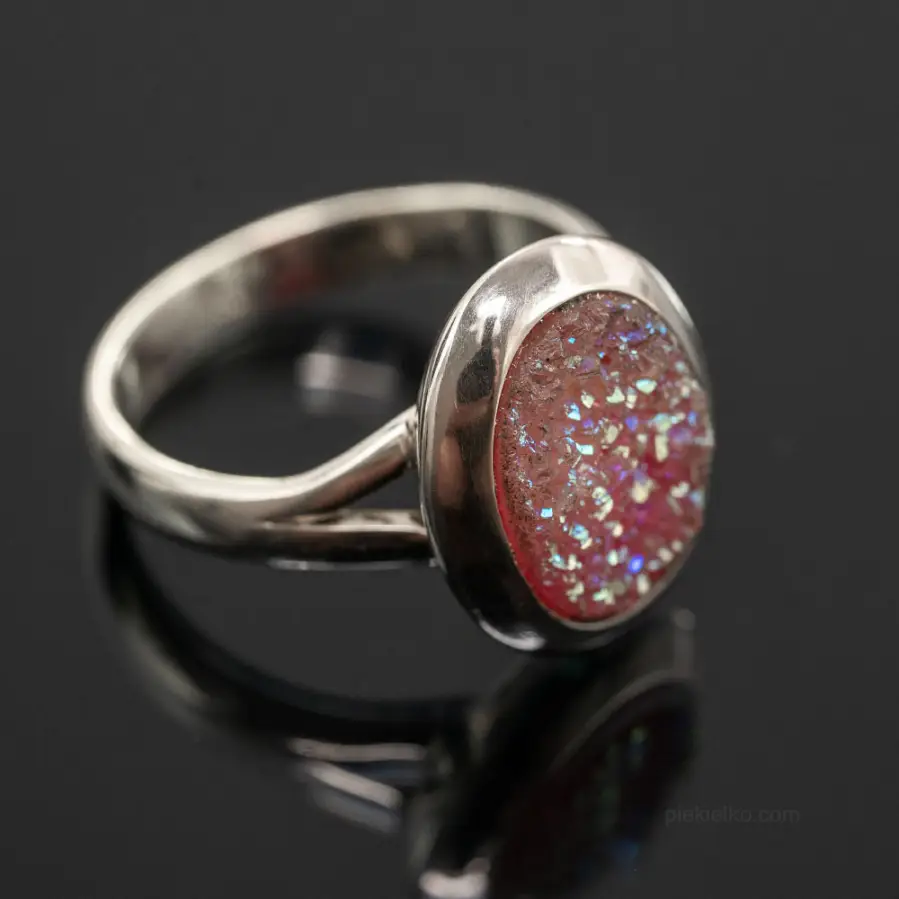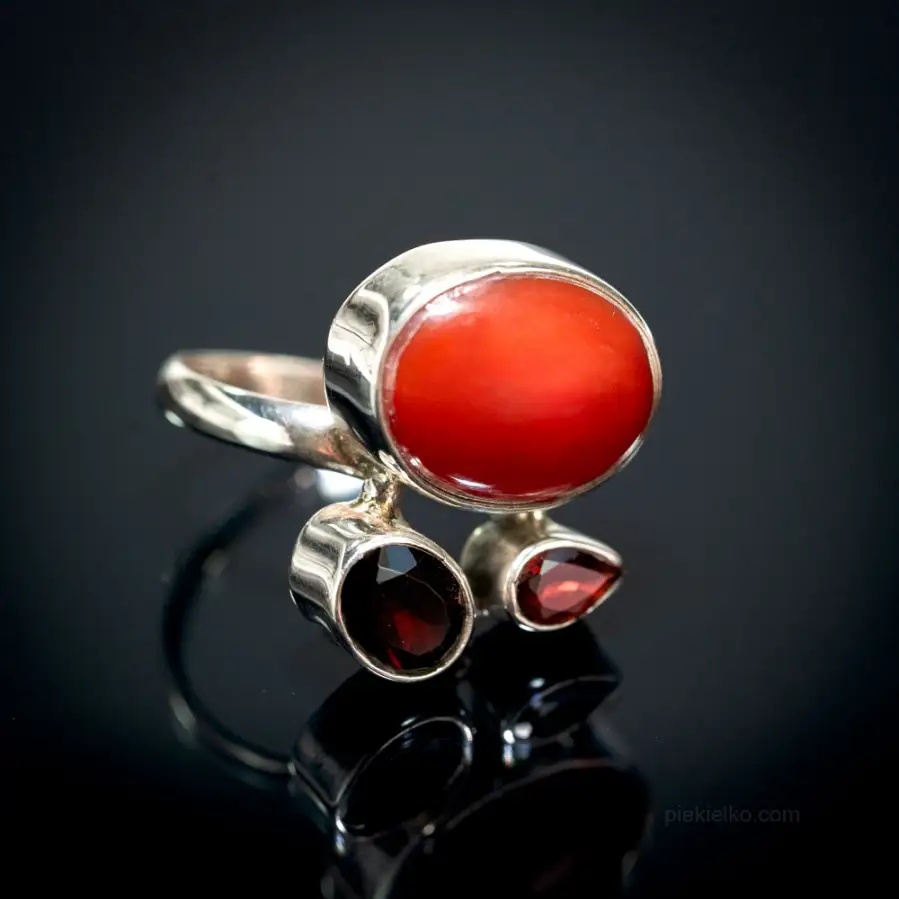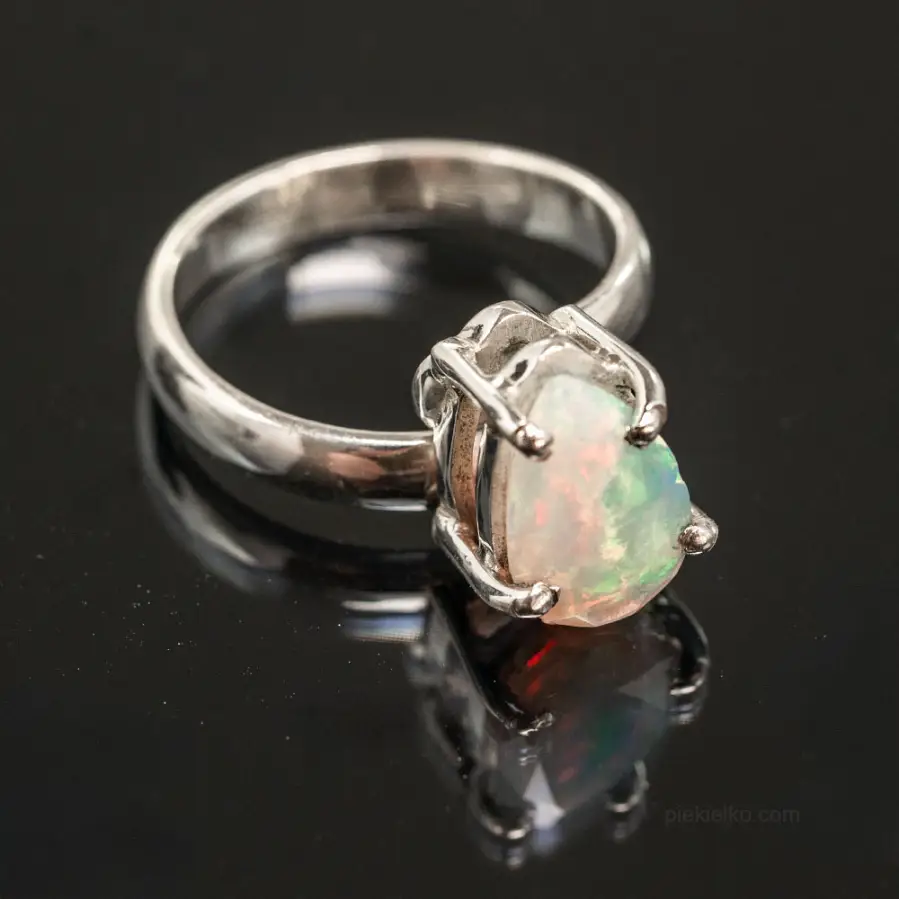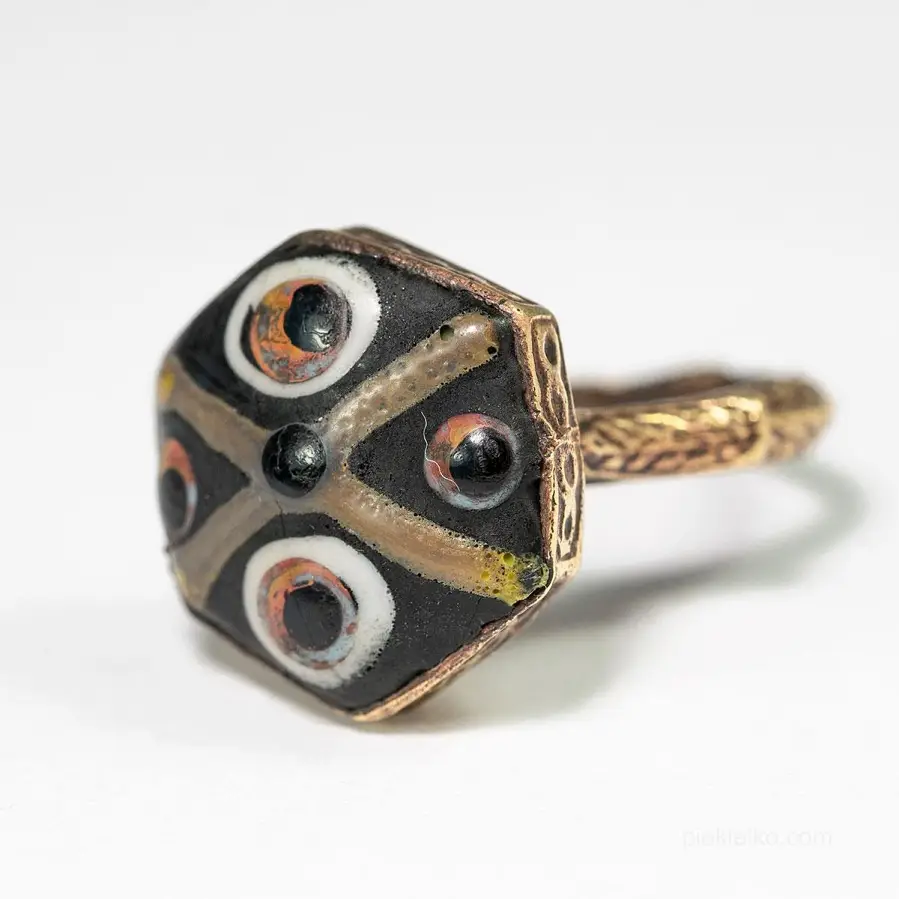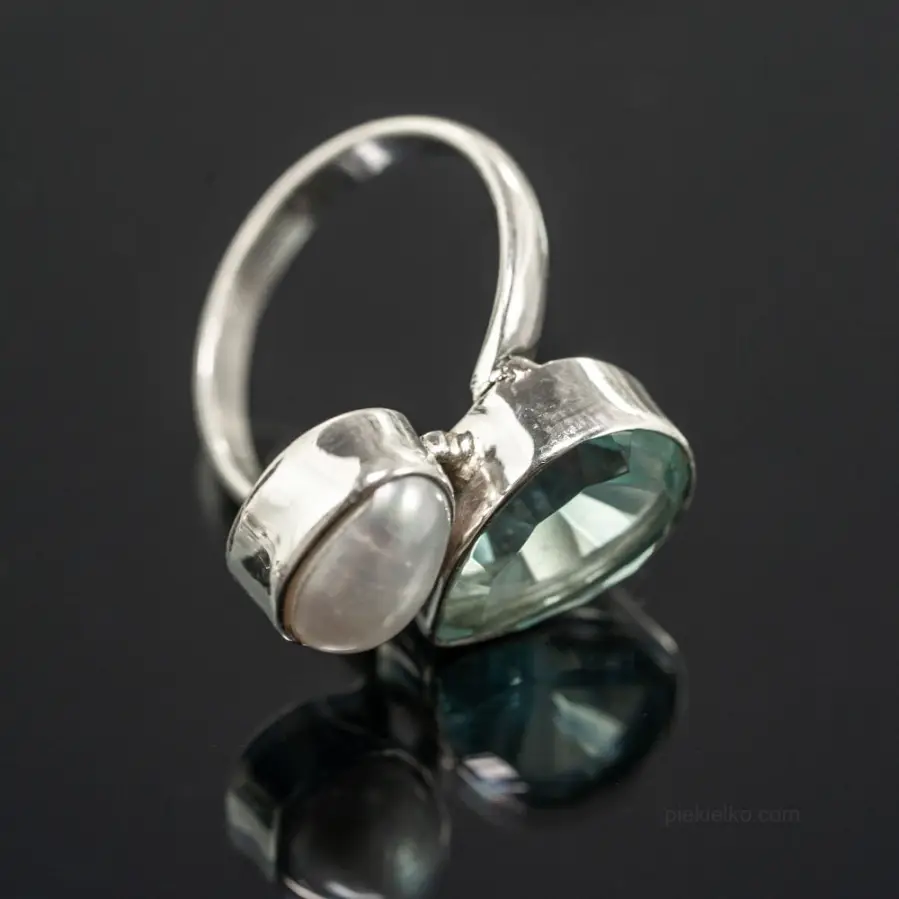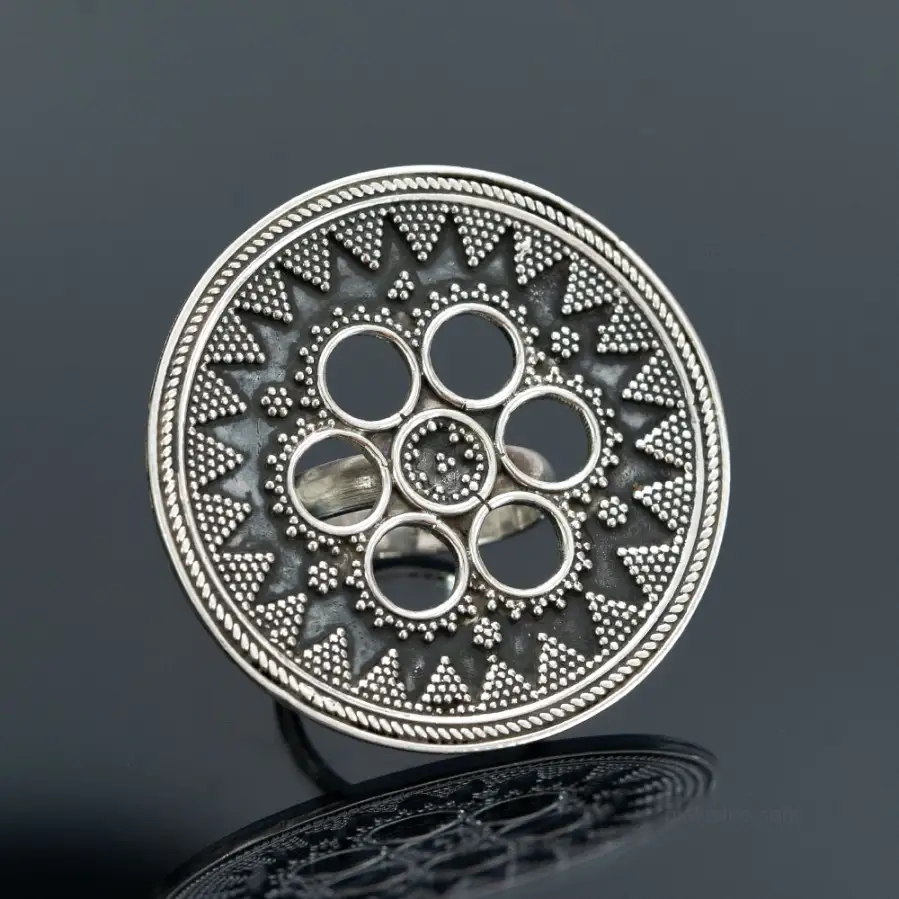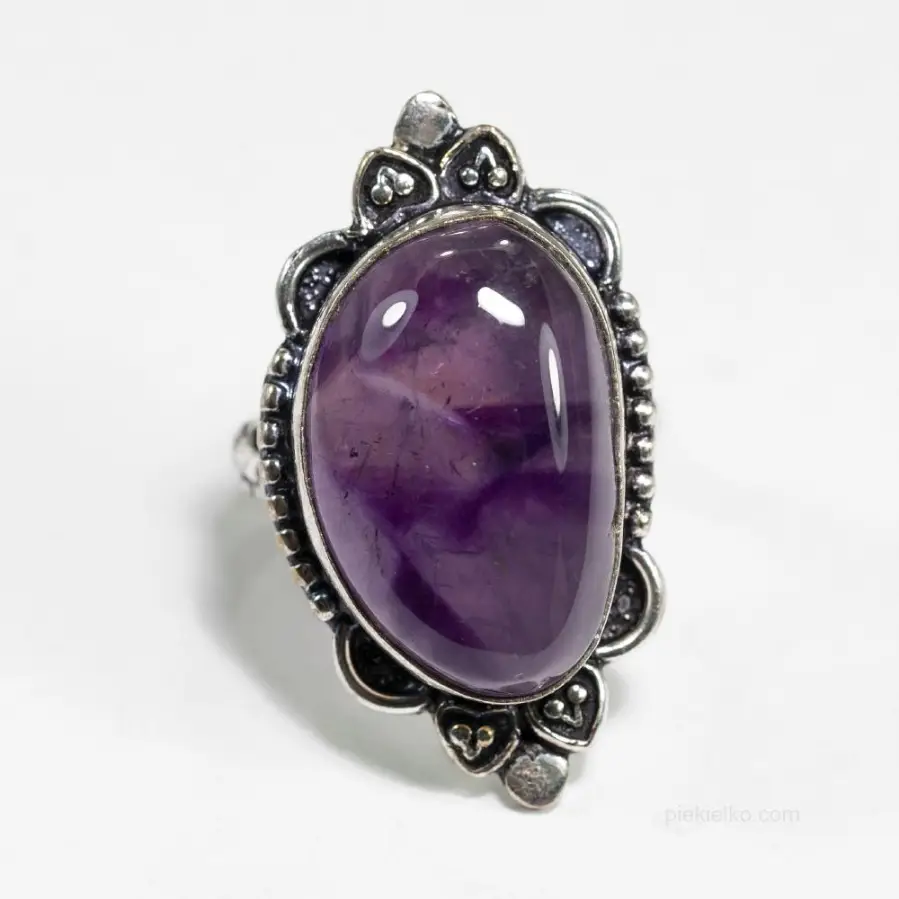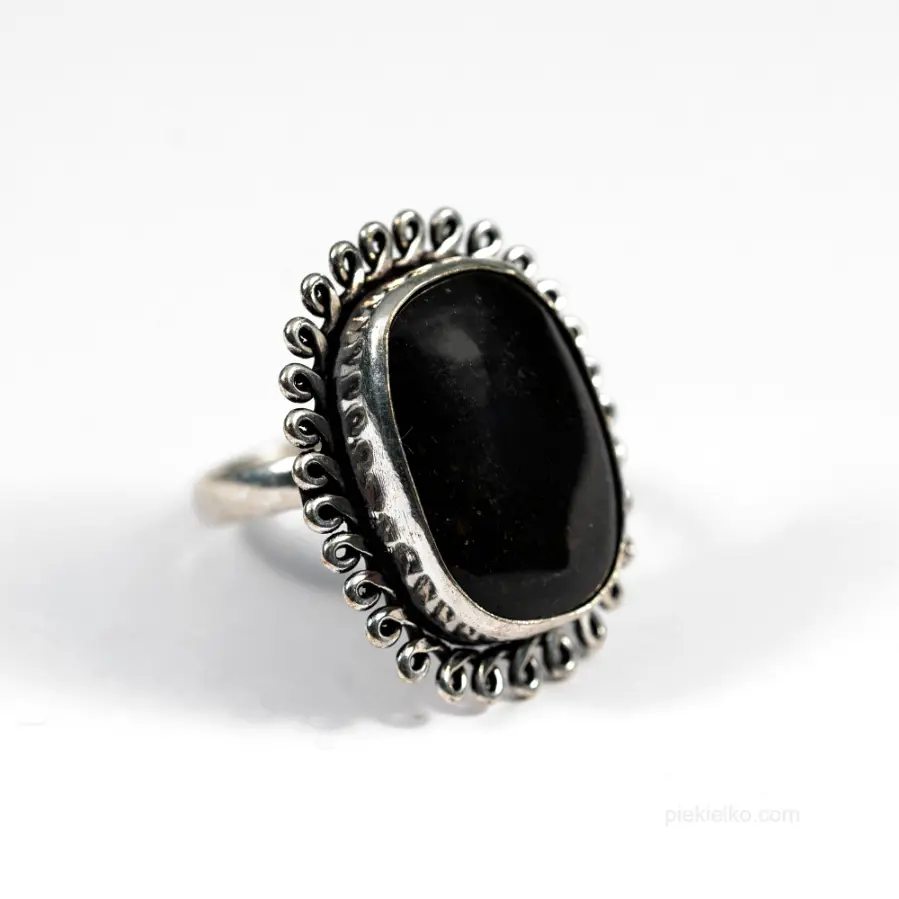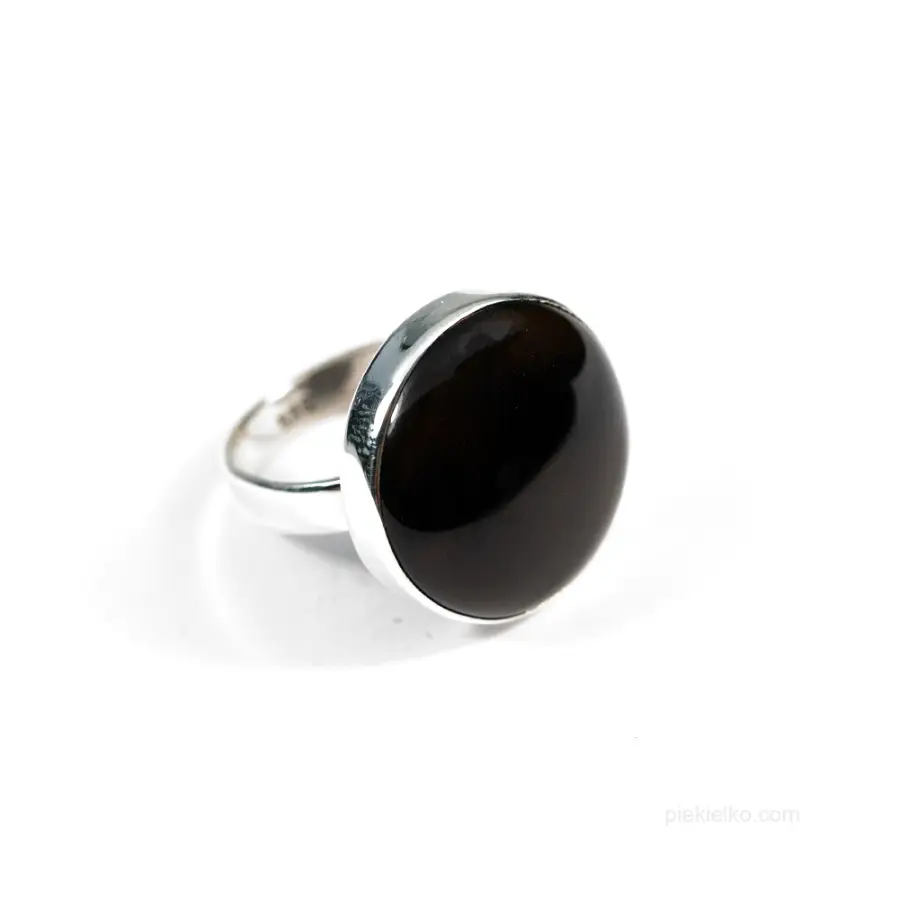Gypsy dances - fire, expression, passion

Certainly, few dances in the world can compare with gypsy dances in terms of passion, boundless energy and color of costumes. Gypsy peoples - eternal wanderers, so in their dances strongly intertwined elements of the most diverse cultures: Celtic, Arab, Balkan, Indian and many others.
More than 600 years ago, they migrated from the western part of India. As they wandered through various countries, they took on some part of the culture of the nations with which they had longer contact. Throughout, Gypsies have been a freedom-loving and temperamental people. In their old tradition, dances occupy an important place.
As you know, Gypsies can be found in every country of the world. Therefore, their dances have also undergone some degree of local influence. Thus, a distinction is made between the dances of Russian Gypsies, Balkan Gypsies and Turkish Gypsies.
The main types of gypsy dances
- Urban gypsy (stage) dance
Considered the classic dance of gypsies. It is characterized by more modest clothing, expressive positions and plasticity of the hands. More distance from the audience, spectacularity of the performance. Accompaniment - usually without vocals. - Tabor dance (folkloric)
The basis of this incendiary dance is the manner of performance. It is danced in a family circle, introducing oneself to relatives and relatives. It is accompanied by singing. - "Hungarian"
A dance originating from the Hungarian Gypsies, using a lot of stepping. Musical accompaniment - a guitar solo.
Gypsy dances are also divided by nationality
- Dance of Russian Gypsies
A peculiarity of this dance is the composition (which may not be present in the tabor version): a gradual build-up of tempo, from slow at the beginning to very fast, energetic at the end. Particular attention is paid to intricate footwork.
In men's dance, fast, rhythmic patting is characteristic. In women's - graceful movements of the hands and arms.
Scenic versions of women's dance are characterized by finger play, inspired by flamenco and eastern dances, wide sweeps of the skirt.
Russian origins can still be discerned in many of the dance movements, such as in elements familiar from the tropak. - Gypsy "Hungarian"
A dance based on the "chichotka" (Russian dance). - Dance of the Balkan Gypsies
A non-contact dance danced for two, partners move at a distance from each other. Several times they exchange places, walking in a circle, facing each other. - Gypsy dance - Madziar
It is characterized by expressive, rich movements of the male part and modest, inexpressive female part. - Hora, ora
A dance of Balkan Gypsy groups, adopted by neighboring nations. It can take the form of a simple procession or with numerous variations. It is danced either by men alone or by women alone.
Gypsies sew their own costumes for the dance. Therefore, they reflect the inner character of the dancer. They are all characterized by bright, saturated colors and a kind of mottling. Gypsy dance costume - is more than a simple prop. The same dance performed in different costumes will be perceived differently.
- Created on .
- Last updated on .
- Hits: 13973





